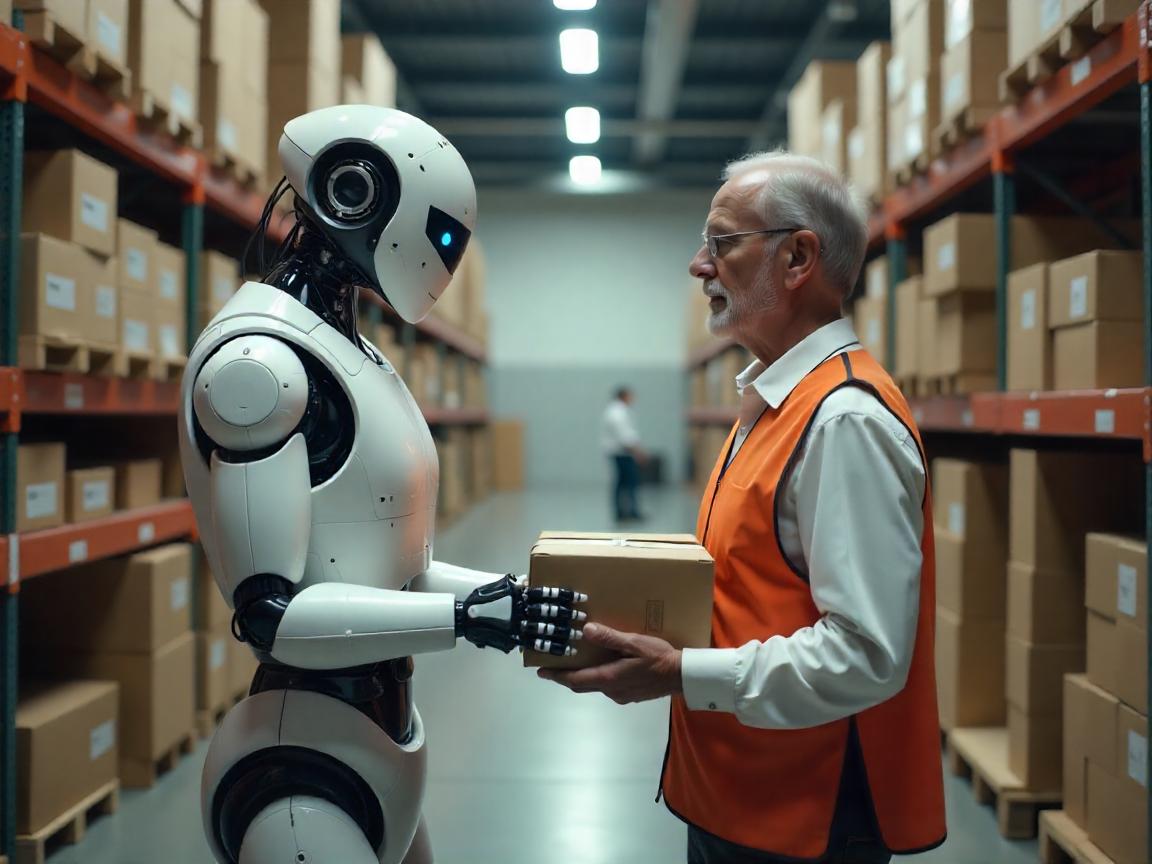
Not long ago, stories about humanoid robots were only found in books and magazines. Do you recall those tutorials on YouTube where robots would stumble and fall? In 2025, these same machines go beyond standing and are now working in warehouses, welcoming resort guests, and aiding senior citizens. The quick progress in humanoid robotics is truly impressive and has a transforming effect. Regardless, they will certainly be part of the workforce in the future. Its speed is how fast it is.
Evolution from performing pieces to working pieces.
The transformation took a while, but when it finally arrived, it was quite dramatic. Due to the growth in AIs like OpenAI’s GPT, humans found they could communicate more smoothly with machines. At about the same time, companies such as NVIDIA and Tesla began to focus on hardware acceleration, with Tesla designing the Dojo supercomputer for training robots to think like people. The IDC anticipates that the worldwide robotics sector will reach $94 billion in 2025, and this growth will be driven by humanoids leading in both study and use.
It’s the parallel advancement of lightweight materials, stronger batteries, sensors, and navigation tech that stands out. This series of improvements is what made Figure AI’s robot capable of partnering with BMW back in early 2025 and handling production tasks consistently.
The synthetic face of business is reinvented.
Why do businesses see potential in investing in humanoids? Many see it not as whim, but as a heartfelt must. It has become very difficult to find enough workers in logistics, manufacturing, and health care. As per the National Association of Manufacturers, more than 600,000 manufacturing positions are vacant in the U.S. as of Q1 2025. Robots that can navigate on their own, reach things, and work with people around them sound promising.
Find the “Digit” robot developed by Agility Robotics, now being used in selected Amazon warehouses. It is not limited to carrying boxes. This smoothly moves around, stumbles less, and learns new things in only days. It is stated in TechCrunch that Digit reduced fatigue among man-hours by 34% and maintained a high level of uptime.
Real Applications, Real Importance
People are now making humanoids for practical reasons, rather than just to display their technology. Here’s a short overview of where they have already caught the public’s attention.
- Healthcare: In Tokyo, elderly care homes are starting to use humanoid assistants. They watch patients’ vital signs, encourage them to take their pills, and help with some simple movements. This measure is directly addressing Japan’s aging population problem.
- Hospitality: Xiaomi’s CyberOne is present in Chinese boutique hotels, where it handles check-ins, as well as gives guidance in multiple languages using both speech and gestures.
- Retail: In Europe, Pal Robotics’ ARan is assisting stores to manage stock and help customers, acting as a link between inventory and customer service.
For example, consider a specific case. In early 2025, a German mid-sized logistics firm changed five manual roles with humanoid units as they experienced a shortage of workers. The report also signaled a 20% increase in task consistency and higher morale among workers, who were given less repetitive jobs.
A Behind-the-Scenes Look at the Human Life in the IT Industry
During my role as an AI consultant, I’ve noted that people first respect robots, then have doubts, and now see them as practical tools. What is the most significant misconception? Their goal is to replace humans with them. In truth, these companies such as Sanctuary AI, Tesla, and Apptronik are not out to eliminate jobs. They are filling gaps where humans are not available or can’t perform the tasks anymore.
During an interview with IEEE Spectrum, Figure AI’s CEO explained that humanoids are here to enhance human skills, not stop them. He highlighted that robots will not be made to compete against humans. We aim to help them and interact with them together. This distinction is significant and leads into the forthcoming discussion.
Final Thought: Reflection is the name of the mirror.
Robots designed to resemble humans play an important role in shaping our society. They encourage us to look at everything differently, especially what constitutes work, being present, and being human. It means that a machine behaves and learns much like humans do. For now, AI can only be used as a tool. At the same time, they help us see ourselves and point us toward what is to come.
As we apply careful regulation to these systems, put ethics in their programming, and help our workforce evolve, we can expect a strong era of teamwork. If not? It is possible that we hold machines accountable for problems that they were not built to repair.
The robots have arrived. We need to think about the best way to coexist with AI.